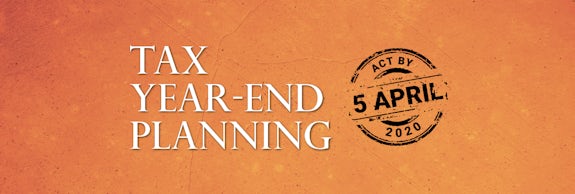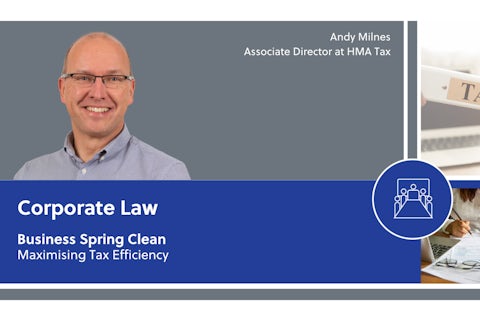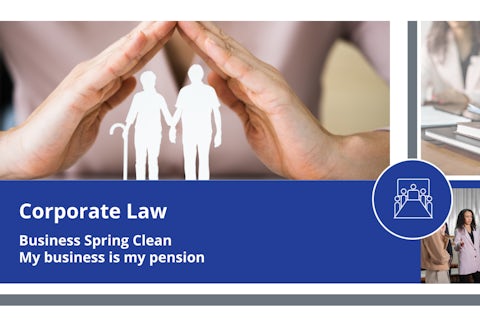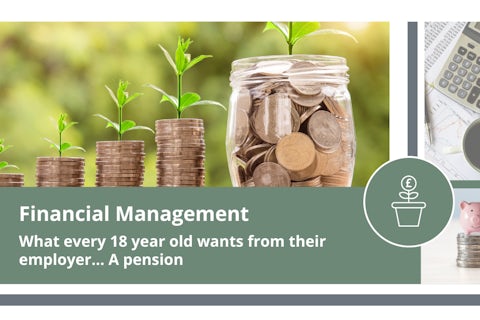As the end of the financial year approaches, we explain how to make the most of your pension allowances in 2020.
As the daylight hours extend, the advent of Spring and the end of the financial year approach. This is the time to ensure you’re making the most of all the allowances, reliefs and exemptions provided by the government. But with the first Budget planned for 11 March, it could prove even more prudent to top up pension contributions as soon as possible.
Recent weeks have seen a number of reports that the government is considering a shake-up of pension tax breaks as part of wider reforms to help level out the economy. Overall, pension tax relief costs the Treasury nearly £40 billion a year. If the government were to cap all tax relief on pension contributions at 20%, it could save over £10 billion a year.1
Taking advantage of current tax breaks could make all the difference to the amount of income you have in the future. The Pensions and Lifetime Savings Association recommends that for a comfortable retirement – including three weeks’ holiday on the continent a year and a few theatre visits, for instance – you will need an income from your pension of at least £30,000 a year for an individual, or £45,000 for a couple.2
Retirement may also last longer than you think. Today, a 65-year-old male can expect to live for another 20 years and a 65-year-old woman, 22 years.3 Younger generations are expected to live longer still. All those extra years of living have to be paid for, and it will be up to us to foot the bill.
The idea behind pension saving is simple: when you save into a pension plan, the government tops up the contribution in the form of tax relief. Nevertheless, it can be a little tricky to put this into practice. Here are some tips to start with.
An early bird catches the worm
You may be young enough to think that retirement is a long way away and that it’s too soon to think about pension planning. However, the longer your money is invested, the more potential it has to appreciate, thanks to compounding returns. This means that if you invest in an asset that appreciates, you will earn a return on it. As time goes by, you will hopefully earn returns on both the initial investment and the return that you previously earned. Most people appreciate the importance of paying off debts to avoid the interest rolling up. But the power of the compounding concept is often overlooked by those who need to create wealth for the future.
The power of compounding is often overlooked by those who need to create wealth for the future.
Make the most of the current tax breaks
With all personal pensions, you get an automatic top-up for basic rate tax relief. That money is paid directly into your plan by your pension provider. So, if you’re a basic rate taxpayer and have £4,000 to invest in your pension as a lump sum, you’ll get £1,000 in tax relief on day one. That’s a very quick boost on your initial contribution.
If you’re a higher or additional rate tax payer, you can currently claim extra tax relief via your annual tax return. It’s unclear whether higher rates of tax relief will be abolished in the forthcoming Budget, but a new government with a commanding majority may well feel it is a position to implement such a policy.
If you are a higher rate taxpayer and have the funds available to top up your pension, it seems unlikely that you will be worse off by doing so before the Budget on 11 March.
Carry forward any unused pension allowances
You can invest as much as you like into your pension, but you’ll usually only get tax relief on up to £40,000 of pension contributions in each tax year (or 100% of earnings if lower). If you’re a high earner, it may be less, depending on how much you earn.
However, there is a way to mop up previous years’ allowances, providing some individuals with the opportunity to make a significantly larger pension contribution in a single tax year. As long as you have already maximised your allowance for the 2019/20 year, you can go back and carry forward any unused allowance from the last three tax years. All told, you could potentially add up to £160,000 to your pot, if you have the earnings to support it.
If you’ve made the most of your allowances this year, consider topping up your spouse’s pension, or paying into a child’s pension. Even if your spouse or child is a non-taxpayer, he or she will still enjoy basic rate tax relief on contributions up to £2,880 a year.
If you’ve made the most of your allowances this year, consider topping up your spouse’s pension, or paying into a child’s pension.
Paying in can reduce your tax bill
As pensions tax relief is automatically paid at 20%, if you are a higher or additional rate taxpayer, you should be able to claim the additional 20% or 25% in your Self Assessment tax return. To provide higher rates of tax relief, HMRC will adjust your tax code. So by paying more into a pension, you will pay less tax, meaning you will have even more to put towards your retirement.
Invest wisely
The assumptions you made when you first took out your pension may not be the same today, or your portfolio of underlying investments may have changed in nature, so it’s worthwhile getting good financial advice to make sure your investment strategy is still right for you.
While the idea behind a pension is simple, making the most of it is a complex art. Speak to your St James’s Place Partner for advice.
Five things to consider:
1. Start saving into a pension as early as possible, even with relatively small amounts.
2. If you have the ability, try to maximise your annual allowance.
3. Carry forward unused pension allowances, if you have the earnings to support it.
4. You can bring your taxable income down by paying into a pension.
5. Review your investments to see if they are still appropriate.
The value of an investment with St. James’s Place will be directly linked to the performance of the funds selected and may fall as well as rise. You may get back less than the amount invested.
The levels and bases of taxation, and reliefs from taxation, can change at any time and are dependent on individual circumstances
1 HMRC estimates, December 2019
2 https://www.plsa.co.uk/Press-Centre/News/Article/PLSA-launches-Retirement-Living-Standards
3 Office for National Statistics, December 2019
The information and opinions contained in this blog are for information only. They are not intended to constitute advice and should not be relied upon or considered as a replacement for advice. Before acting on any of the information contained in this blog, please seek specific advice from Gilson Gray Financial Management.







